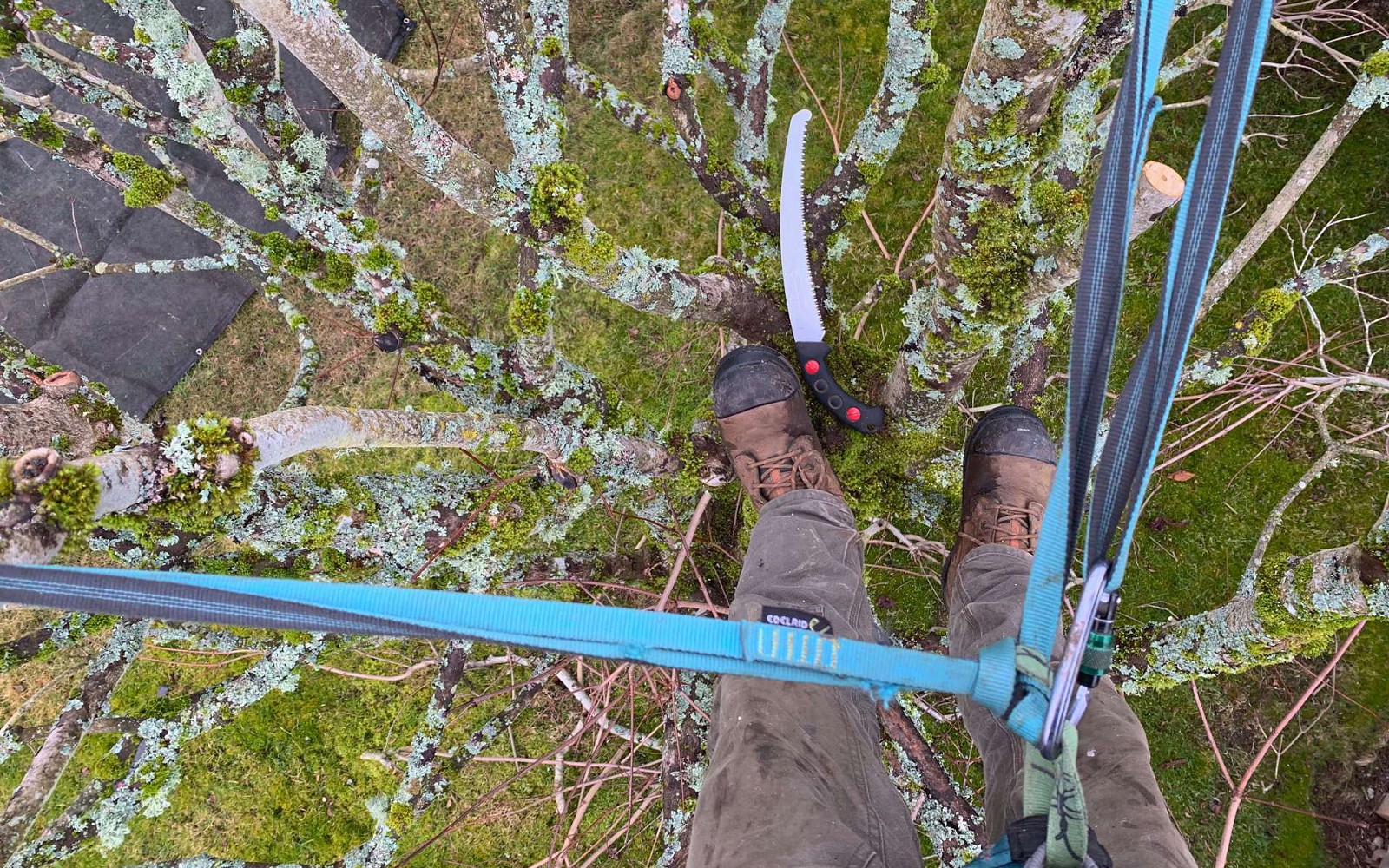


With the right approach, pruning can be extremely beneficial to your trees. When done incorrectly, it can be traumatic.

As horticulture experts, we take tree care very seriously. When you hire North Arrow to provide pruning or hedging services, you can expect expert advice and professional service.
We take a methodical and diligent approach to pruning. This is evident in our dedication to clean tool use to avoid spreading diseases, in the way we schedule our pruning, and through our consistent use of specific industry terminology in the descriptions of our work.
We understand:
SOUND SIMPLE? The above might sound like the very basics of tree care (and in a sense, they are!), but in our experience we have found that these fundamentals are often overlooked, either due to inexperience, ignorance, or both.
We encourage you to call us about expert pruning and hedging for:
If we estimate that your job is outside the scope of our commercial insurance, we will be happy to refer you to some excellent local arborists to jump in for us.
It depends. Some services, such as deadwood and damaged branch removal can be performed at any time.
However, we only offer our pruning services when it is a) appropriate for the specific specimen being worked on, and b) when environmental conditions are suitable. For example we will not prune your hedges during the peak of the summer heat, or while the birds are nesting.
IN OTHER WORDS: We will make sure your pruning and hedging is performed at the right time for the plant and the other creatures that rely on it for habitat.
Unfortunately, most of the problems we encounter, including disease, are caused by what appear to be minor issues.
Dirty tools, incorrect tool selection, and poor pruning practices such as making improper cuts and/or pruning at the wrong time of year can cause devastating problems in trees and hedges.
These problems may not become apparent for years, as it takes a professional eye to recognize problems before they become an issue.
THE DAMAGE IS DONE: A healthy percentage of our tree restoration work is simply repairing damage done by hedge trimmers, particularly on plums and Japanese maples.
As horticulture professionals, our understanding of plant pathology is equal to our understanding of the specific nature and habits of the plants we work with.
The following descriptions provide some background on the language and approaches we take to pruning and hedging projects.
Structural pruning is a broad definition that refers to addressing critical issues such as: crossing or rubbing branches; crowded areas; trees with two or more leading branches (codominance); and branches with tight or narrow unions that may present a risk as the branches grow thicker. Structural pruning often requires the removal of larger branches, and we will typically prioritize as many of these cuts in the first year of management as we reasonably can.
Thinning often overlaps structural pruning, in that we are selectively removing branches from the interior of the tree canopy. While thinning will often correct structural issues, we are primarily seeking to improve air flow and light penetration through the canopy. These conditions help prevent disease, particularly from fungal pathogens.
Reduction pruning is the method we use to reduce the height or spread of a tree. We carefully select a secondary lateral branch to prune back to that will ensure the remaining limb will survive. This is also an appropriate course of action for addressing certain structural issues.
In the plant world, dead material often leads to more dead material, as some pathogens can gain “momentum” feeding off dead material before moving into live tissue. A dead branch left on a tree or shrub may act as a conduit for pathogens to travel down, as the tree will not be able to complete its healing process until that branch is removed. Deadwood removal can be done at any time of year.
Damaged or broken branches are especially vulnerable to disease and infection, as they contain live tissue that is now exposed to the outside environment. The two most common problems we encounter are construction damage and bad pruning cuts, and we provide corrective action to help your tree heal properly. As with deadwood, damaged branches can be removed at any time of year.
We can professionally maintain, renovate, or repair all but the tallest hedges. We have the equipment, the skill, and the steady hands to leave your hedges looking clean and crisp. We use the same approach when evaluating a hedge as we do for a specimen tree, and our clients can trust that they and their hedges will be well cared for.
Prevention is the key to easy, cost-effective tree care. Here are some of the ways North Arrow makes prevention a cornerstone of our tree care services.